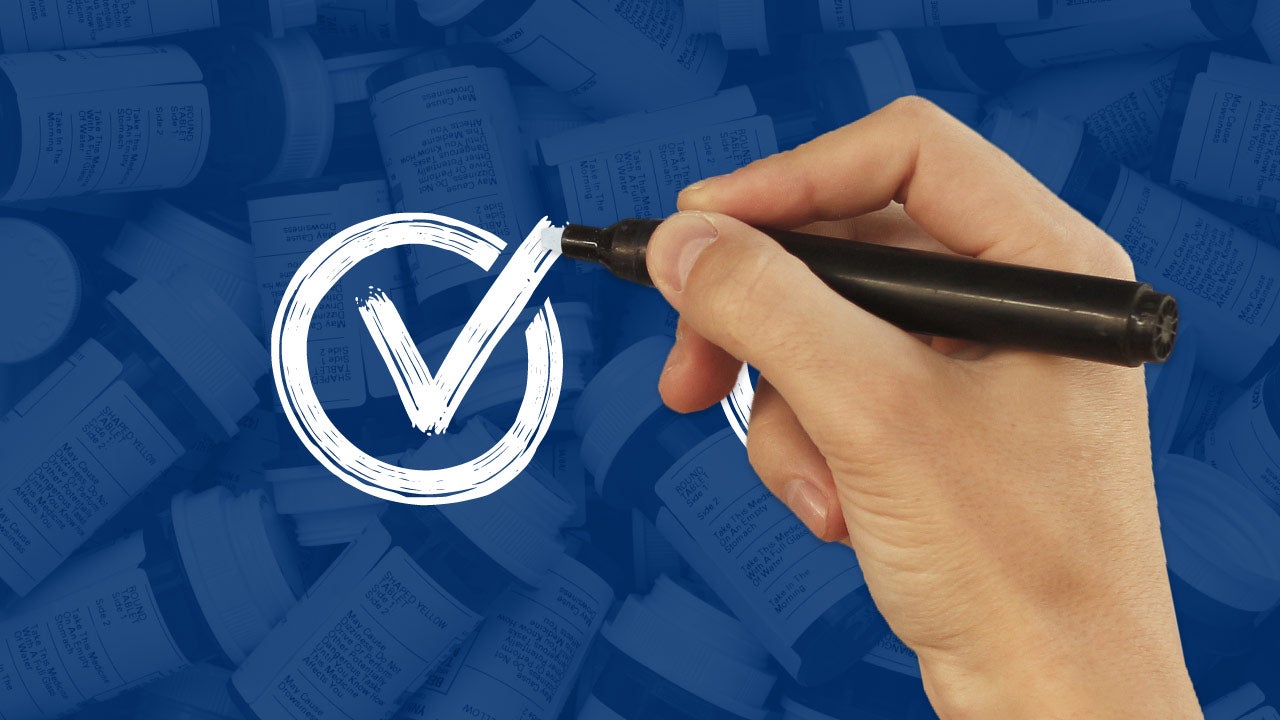Members, prescribers, plan sponsors, pharmacy benefit managers, and pharmaceutical manufacturers have a stake in formulary performance. As a plan sponsor, formularies give you greater control of drug spending without compromising member access. If you’ve ever changed formularies, you know that members notice. Understanding how formularies work, where they come from, and how medications make it onto these lists will help explain the nuances of your plan’s formulary to everyone impacted by your benefit choices.

Formulary basics: What they are and where they come from
Plan sponsors and pharmacy benefit managers decide which medications each plan covers, and the formulary is the dynamic list of those drugs. Often broken into tiers of coverage, these lists let members and their prescribers select the right medications that are clinically valuable and cost-effective. While the U.S. Food and Drug Administration is responsible for reviewing drugs from a safety and clinical effectiveness standpoint, the ultimate decisions about the formulary placement and rebate associated with each medication lie with the PBM. They use a two-step process to evaluate the clinical and economic aspects of each drug.
A Pharmacy and Therapeutics committee handles the clinical review. This group of pharmacists and medical doctors meets regularly to keep formulary lists up to date, and the most important element of their process is staying impartial. During this step, the drug is evaluated against other available medications in the same drug class or those that are used for the same condition.
The reviewers discuss safety, effectiveness, requirements for testing, and all the relevant factors of competing products. At the end of the discussion, the committee votes on what designation to give each product. Drugs can be found clinically inferior, similar to, or superior to competing products. Inferior products are usually excluded from the formulary, while those that are superior are added to the list. A product marked similar to its competition will move on to the economic comparison.
A separate group usually conducts the economic evaluation from the P&T committee, focusing on the monetary impact of adding a drug to the formulary. For most formularies, once a product is selected for inclusion, it also needs to be given a preference relative to other formulary products. The use of non-preferred products is discouraged through higher member copayment or coinsurance or the presence of coverage restrictions.
Why you should optimize your pharmacy plan formulary
The goal of an optimized formulary is to provide medications that are effective, prevent plans for paying for expensive versions of drugs that may be purchased over the counter for less money, stop off-label treatment when there is little evidence of effectiveness, and optimize discounts and rebates available in a pharmacy benefit contract.
Without a properly optimized drug formulary, employers can expect to pay considerably more for unnecessary medications. For many employers we work with, this could amount to about 3-4% of their pharmacy budgets.
The benefits of an optimized drug formulary for plan sponsors include:
- Potentially avoiding paying for unnecessary medications
- Improving or maintaining cost‐sharing for members as part of a competitive benefit
- Delivering improved clinical options for members
The benefits of an optimized formulary for members include:
- Confidence that the best clinical options are available
- Guidance toward lower out-of-pocket cost medications
- Clinically- and cost-effective choices that lead to improved health outcomes
References
- AMCP School of Pharmacy Relations Committee. (2020). Drug Formulary Development & Management. Alexandria, VA: AMCP.
- Armstrong J, Becker C. Fresh Approaches to Addressing High Drug Costs. NCSL Legisbrief. 2019 Apr;27(15):1-2. PMID: 30990598.
- Ciccarello C, Billstein Leber M, Leonard MC et. al. ASHP Guidelines on the Pharmacy and Therapeutics Committee and the Formulary System. Am J Health-Syst Pharm, 2021; 78:907-918.
- Comer, B. (2019). Six drug pricing models have emerged to improve product access and affordability. PwC.
- Eberle, B. (2021, March 2021). How to achieve a drug formulary that reduces costs and maintains access to care. Benefits Pro.
- Fein, A. (2020, June 24). Drug Channels News Roundup, June 2020: CVS’s New GPO, CMS on Copay Accumulators, GoodRx Fees, Supermarket Pharmacies and Merck’s Ken Frazier. USA.
- Feldman, R. (2019, April 11). The perils of value-based pricing for prescription drugs. The Washington Post.
- Holden, S., & Davis, J. (2021). HHS/OIG Finalizes Rule Stripping PBM Rebates of Safe Harbor Protection. Baker Donelson.
- Hughes, K., Pezella, E., Danielson, D., & Graham, J. (2015). Value Based Formulary Design: Is Premera a Voice Crying in the Wilderness? ISPOR 20th Annual International Meeting. Philadelphia: Avalere.
- IPD Analytics. (2021). Payer and Provider Insights: A deeper DIve into Payer/Manufacturer Contracting Models (Podcast transcript). Bay Harbor Islands, FL: IPD Analytics.
- IPD Analytics. (2021). RxBrief: Rebate models and innovative payment designs: Outcomes-Based Contract Models: Do They Demonstrate Value? Bay Harbor Islands, FL: IPD Analytics.
- IPD Analytics. (2021). RxBrief: Rebate models and innovative payment designs: Indication-Specific and Market Share-Based Contracts and Price Protection Guarantees. Bay Harbor Islands, FL: IPD Analytics.
- IPD Analytics. (2021). RxBrief: Rebate models and innovative payment designs: Mortgage and Subscription Models. Bay Harbor Islands, FL: IPD Analytics.
- Managed Healthcare Executive. (2015). Value-based formularies take hold. Managed Healthcare Executive.
- O’Brien, R. (2018). Value-Based Pharmacy Management. CVS Health.
- 42 CFR 1001 (2020). Removal of Safe Harbor Protection for Rebates Involving Prescription Pharmaceuticals and Creation of New Safe Harbor Protection for Certain Point-of- Sale Reductions in Price on Prescription Pharmaceuticals and Certain Pharmacy Benefit Manager Service Fees.





